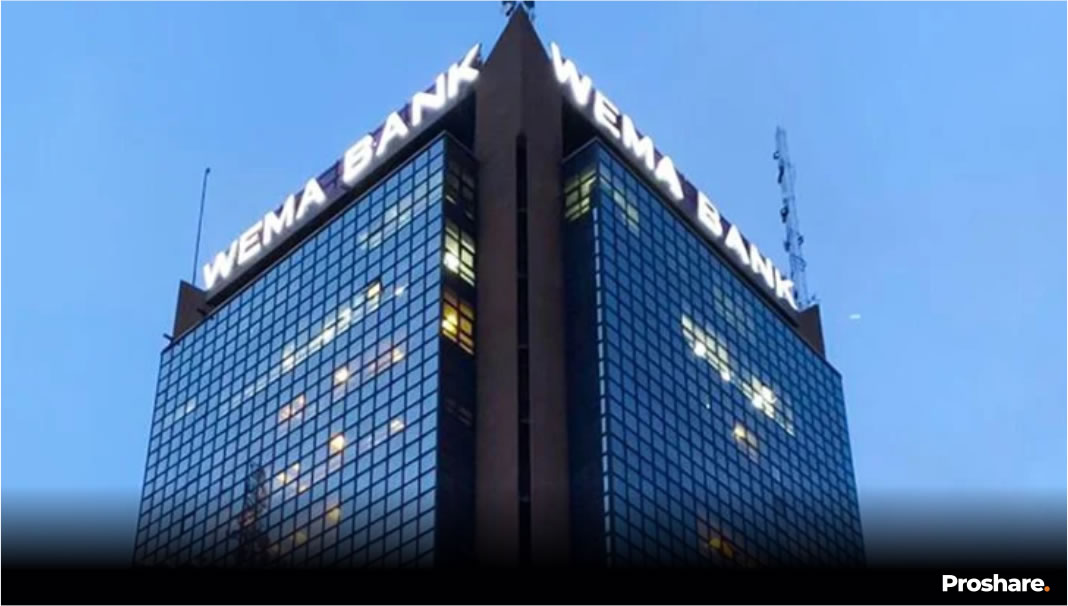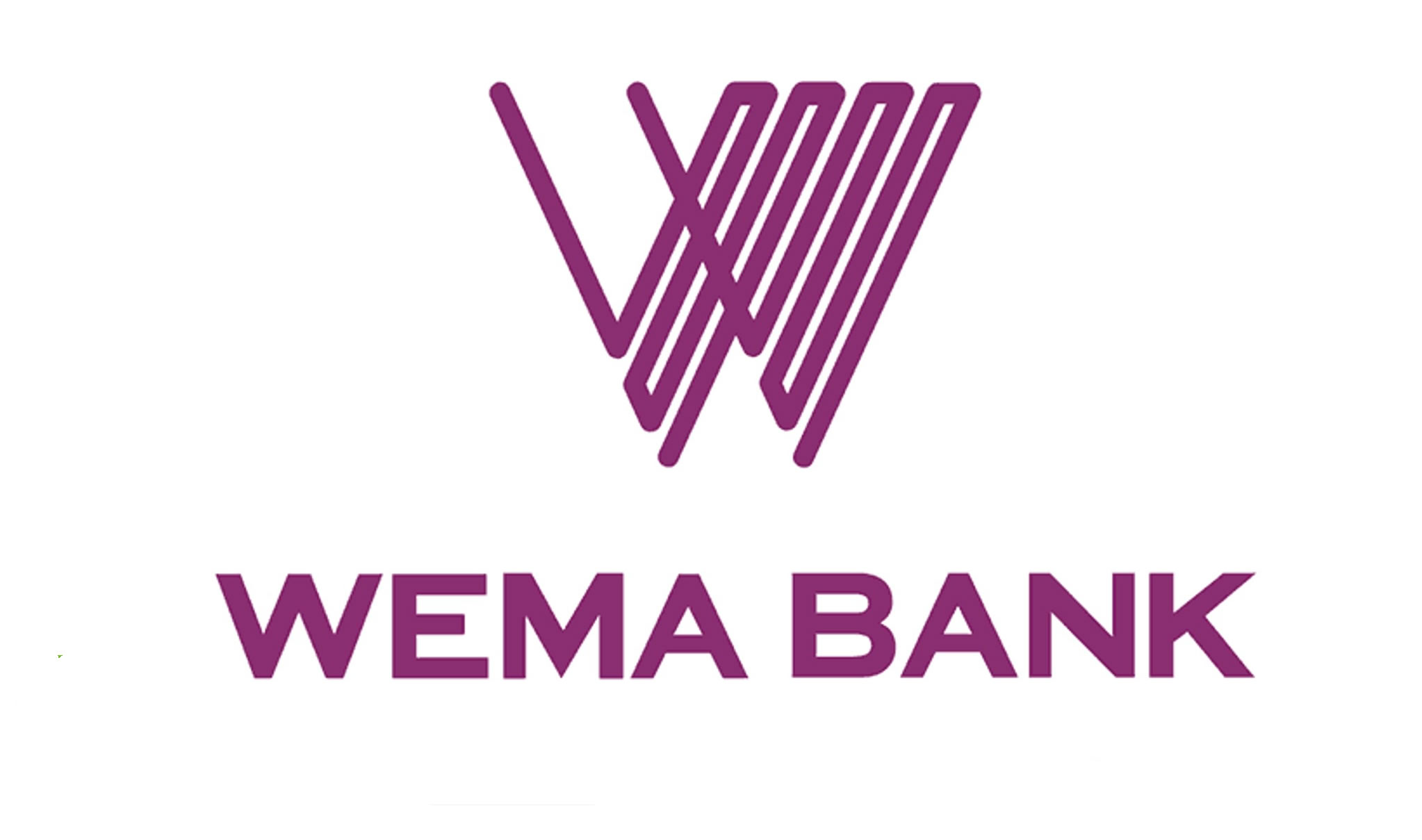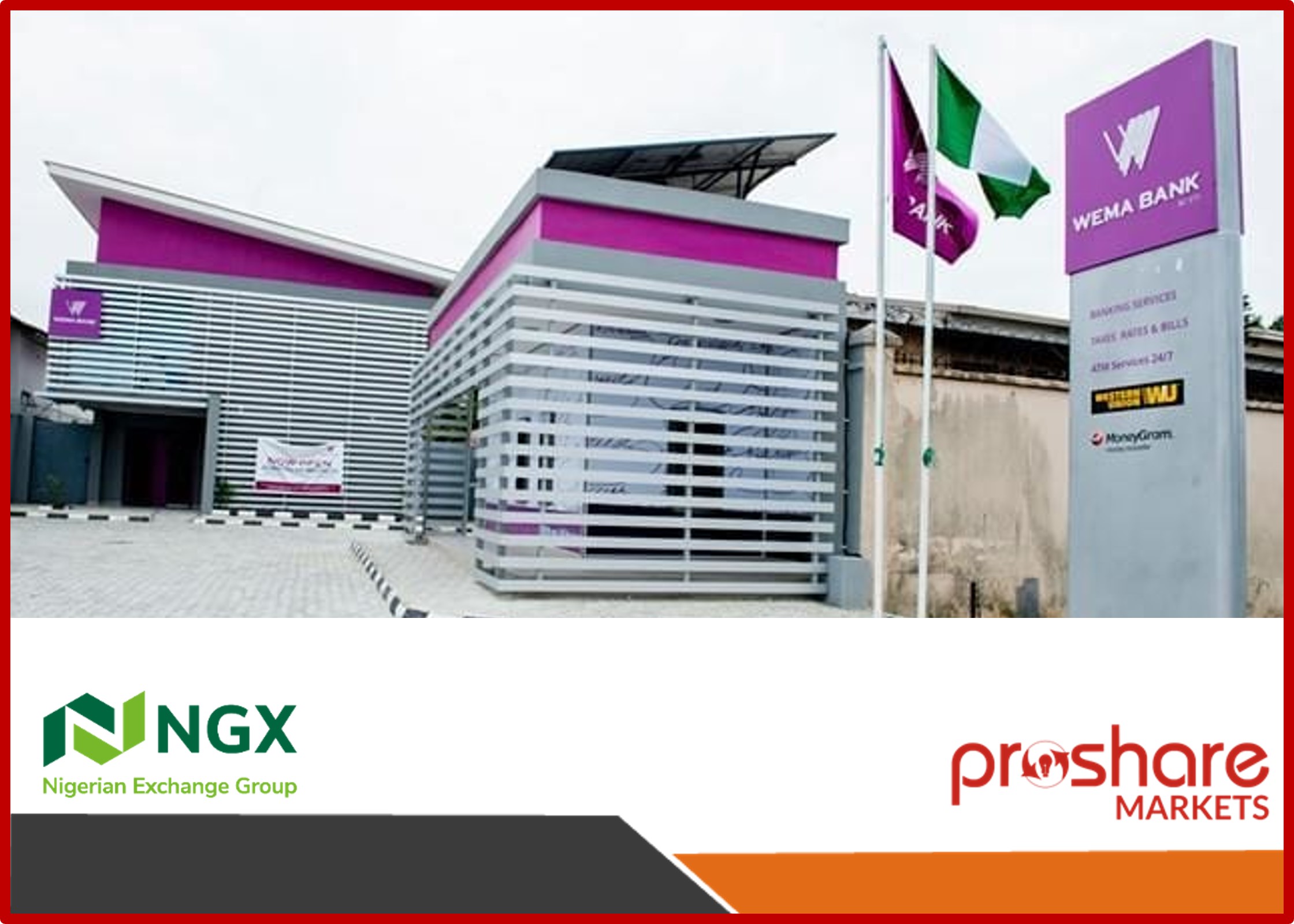GCR Ratings (“GCR”) has affirmed Wema Bank Plc’s national scale issuer ratings of BBB-(NG) and A3(NG), with the Outlook maintained on positive rating watch.
Rating Rationale
The ratings on Wema Bank Plc (“Wema”, or “the bank”) reflect its improved risk position and funding structure, albeit counterbalanced by the somewhat pressured capitalisation, which is expected to improve materially in the near term upon conclusion of the bank’s ongoing rights issue.
Wema Bank has maintained its growth trajectory over the year, with total assets registering at N1.1 trillion as at FY21. Notwithstanding, market share has remained relatively stable as industry growth has also been strong, with the bank contributing an estimated 2% and 3% to the industry’s total deposits and total assets respectively at FY21. The bank has also maintained positive trajectory in earnings; net income increased to N12.5bn at FY21 from N5.2bn at FY20, driven by strong growth in interest from loans as well as lower impairment charges. Management and governance assessment is neutral to the ratings.
The bank’s capitalisation remains a negative rating factor, with GCR core capital maintained within the low range (<15%) over the last 3 years. In addition, we note that capital adequacy ratio (“CAR”) dipped to 13.8% at 1Q FY22, reflective of the bank’s outpaced risk weighted assets (“RwA”) and pay-outs vis-à-vis internal capital generation. However, cognisance is taken of the bank’s CAR being maintained above the 10% regulatory requirement for its license category (FY21: 15.4%; FY20: 15.0%). Looking ahead, as the bank concludes its ongoing rights issue of circa N40bn, we expect a sizeable improvement in GCR core capital ratio, to register comfortably within the intermediate range (>20%).
The bank’s risk profile reflects some improvement over the last one year. Wema bank continued to grow its risk assets, with gross loans growing by around 16.1% at FY21 (FY20: 24.4%), whilst recording positive credit migration year-over-year, supported by the recovery in the operating environment. Consequently, credit losses moderated to 0.5% at FY21 from 1.7% at FY20, which compares well to peers. Also, gross non-performing loans (“NPL”) ratio improved to 4.4% at FY21 from 5.2% at FY20, below the regulatory tolerance limit of 5%.; stage 2 loans to gross loans ratio similarly improved to 4.9% at FY21 from 9.8% at FY20. Sectorial distribution of the bank’s loan book compares well to the industry average, with no single sector contributing up to 20% to gross loans and advances. Similarly, counterparty concentrations are considered relatively good – the top twenty obligors account for 30.3% of gross loans and advances as at FY21 (FY20: 37.6%), and the bank has normalised its single obligor limit breach. The largest obligor’s gross facility as a proportion of shareholders’ funds moderated to around 16.3% at FY21 versus 26.3% at FY20. Foreign currency loans also moderated to 11.4% of gross loans as at FY21 (FY20: 10.8%) despite the sustained pressure on the naira.
Funding and liquidity assessment is a positive rating factor. The funding structure is considered stable, customer deposits account for 91.8% of the bank’s funding base, with the more stable retail deposits contributing 31.6% to the deposit book as at FY21. We also take note of the positive moderation in depositor concentration, as the top twenty depositors contributed 17.1% to total deposits at FY21 compared to 35.9% at FY20. The balance sheet is liquid. GCR liquid assets coverage of wholesale funding and customer deposits registered at 5.2x and 39.2% respectively as at 1Q FY22.
Outlook statement
The Rating Watch Positive reflects the likelihood of upgrading the ratings, following the conclusion of the ongoing N40bn rights issue. This would support the bank’s capitalisation, with GCR core capital ratio forecast to increase to over 20%. However, the timely finalisation of the rights issue and eventual amount raised would be critical to GCR’s assessment.
Rating triggers
The ratings would be considered for an upgraded following successful completion of the rights issue, expected within the next six months. Conversely, the bank’s ratings would be pressured should the rights issuance not materialise, as that would negatively impact our capital assessment, especially considering the strong RwA growth and capital distributions. Also, an unexpected material dip in the credit loss and NPL ratios would trigger a negative review.
Ratings history
Wema Bank Plc
Salient Points of Accorded Rating
GCR affirms that a.) no part of the rating process was influenced by any other business activities of the credit rating agency; b.) the ratings were based solely on the merits of the rated entity, security or financial instrument being rated; and c.) such ratings were an independent evaluation of the risks and merits of the rated entity, security or financial instrument.
The credit ratings have been disclosed to Wema Bank Plc. The rating above was solicited by, or on behalf of, the rated entity, and therefore, GCR has been compensated for the provision of the ratings.
Wema Bank Plc participated in the rating process via video conference management meetings, and other written correspondence. Furthermore, the quality of information received was considered adequate and has been independently verified where possible.
The information received from Wema Bank Plc and other reliable third parties to accord the credit ratings included:
- The audited financial results as at 31 December 2021
- Unaudited interim account for 1Q FY22
- Four years of comparative audited numbers
- Other related documents.
 Lagos, NG • GMT +1
Lagos, NG • GMT +1











 2111 views
2111 views













 Sponsored Ad
Sponsored Ad
 Advertise with Us
Advertise with Us









